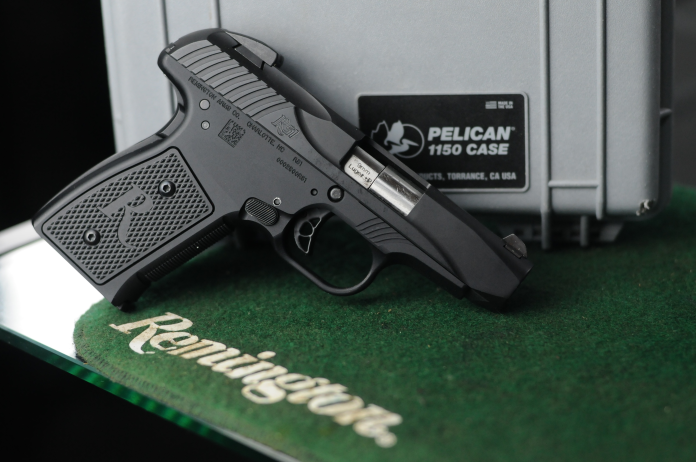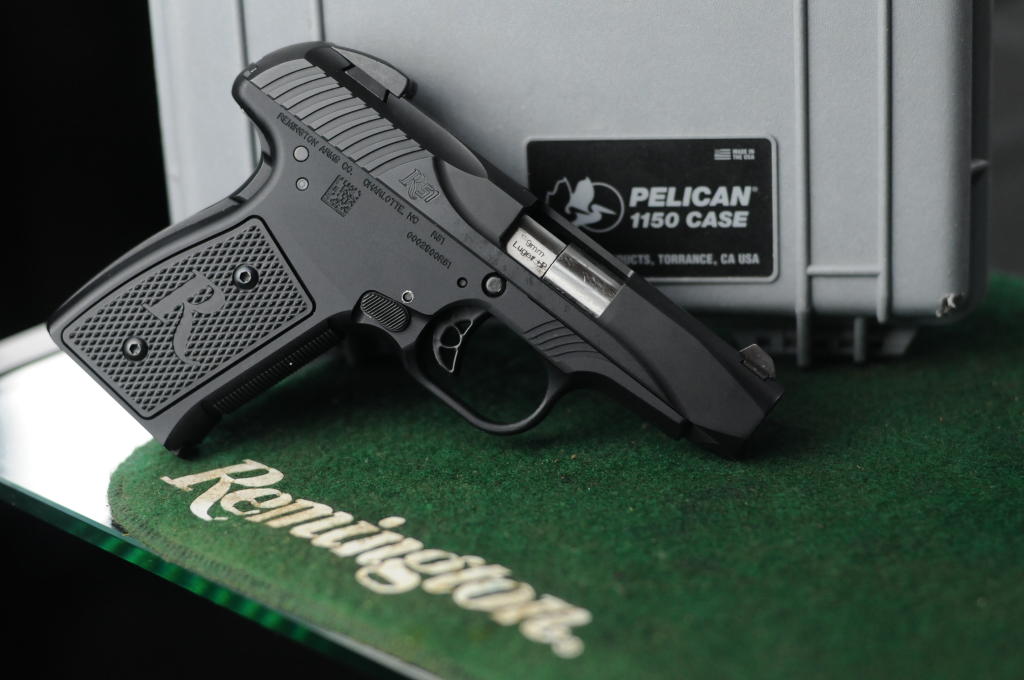
Some firearms gain fame in history because they were engineering masterpieces. Others are only recalled for the number of times their owners needed to clear jams rather than fire bullets. In the realm of firearms, reliability is not a luxury relievedly, it is a necessity. However, there are some models that have gained a reputation for misfires, feed failures, and mechanical idiosyncrasies that undermine their purpose.
To serious shooters and gun hobbyists, knowing which handguns are less than reliable is not mere curiosity; it’s a question of safety and common sense. Concealed carry, home protection, or range time are all applications where a gun that doesn’t hold up under fire can make a last-moment situation a potentially deadly one. The list below looks at ten handguns whose issues with reliability have been reported by owners, testers, and industry watchers to see why those models have not gained credibility.
From ambitious designs that fell apart in the real world to budget pistols whose bargain price tag concealed a cost, every entry presents a cautionary example. The mechanical failures, questionable manufacturing decisions, and design errors that led to these guns teach lessons on what not to do and what to expect from any firearm for serious use.
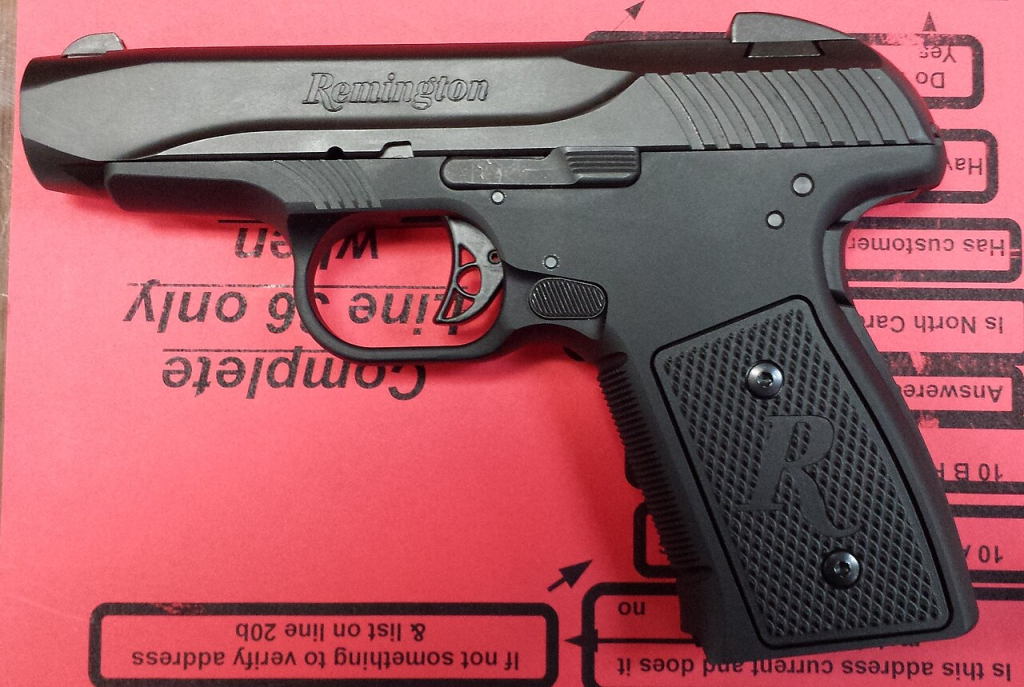
1. Remington R51 – A Revival That Backfired
The R51 debuted in 2014 as a stylized tribute to John Pedersen’s 1917 Model 51, using his signature hesitation-lock system adapted for 9mm. Praised at first for its thin profile and low bore axis, the pistol soon showed significant flaws. Writers found it failing to feed, light primer strikes, and even firing out of battery a dangerous fault that compelled Remington to recall the R51.
As chronicled by industry reports, engineers had cautioned the gun wasn’t ready to be released. The Gen 2 model in 2016 resolved safety issues but still cycled with magazine problems. By then, Glock’s single-stack 9mm had taken control of the market, and the R51’s damaged reputation was impossible to recover from. Discontinued in 2018, it is a case study in how a great design can fail through hurried production and poor testing.
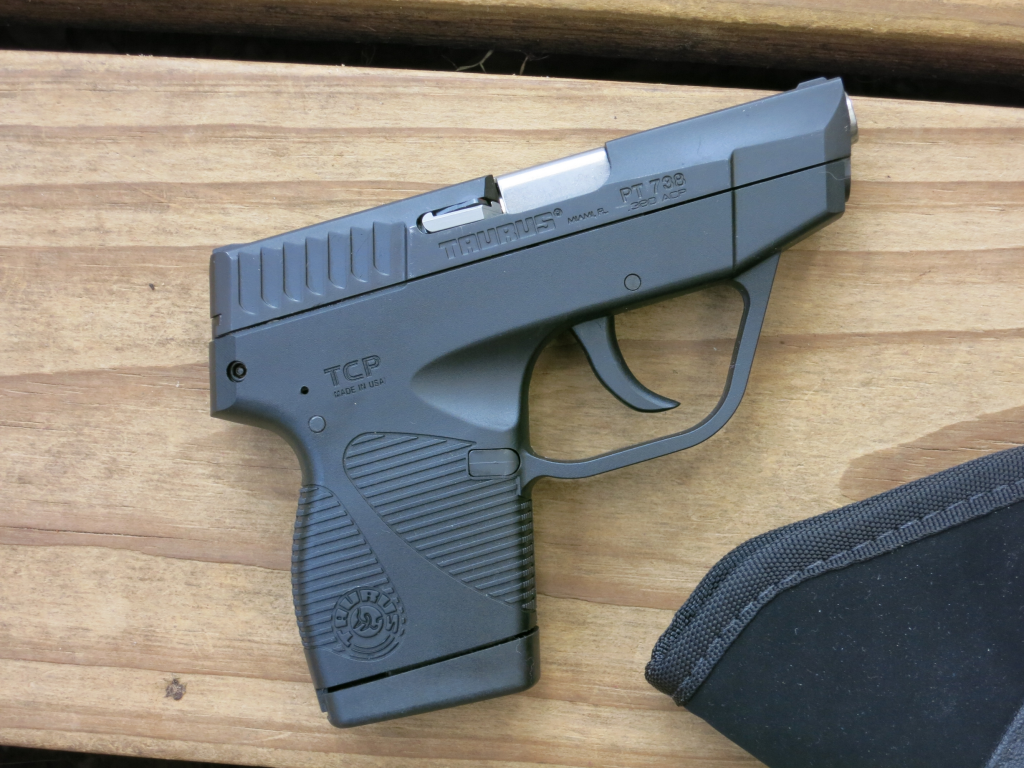
2. Taurus PT738 TCP – Lightweight, but Flaky
Billed as an ultra-compact .380 ACP for carry, the PT738 TCP scored well on portability but lost points for reliability. Owners commonly reported light primer strikes and ejection failures, especially with economy ammunition. Although some was seen after break-in over long periods, many found themselves clearing jams far too frequently.
For a defensive handgun, this inconsistency is not acceptable. A carry firearm is expected to function with many different types of ammunition under differing conditions, and PT738’s sensitivity disqualified it from service. Its compact size and light weight are still desirable, but its functioning record leaves serious reservations regarding reliability.
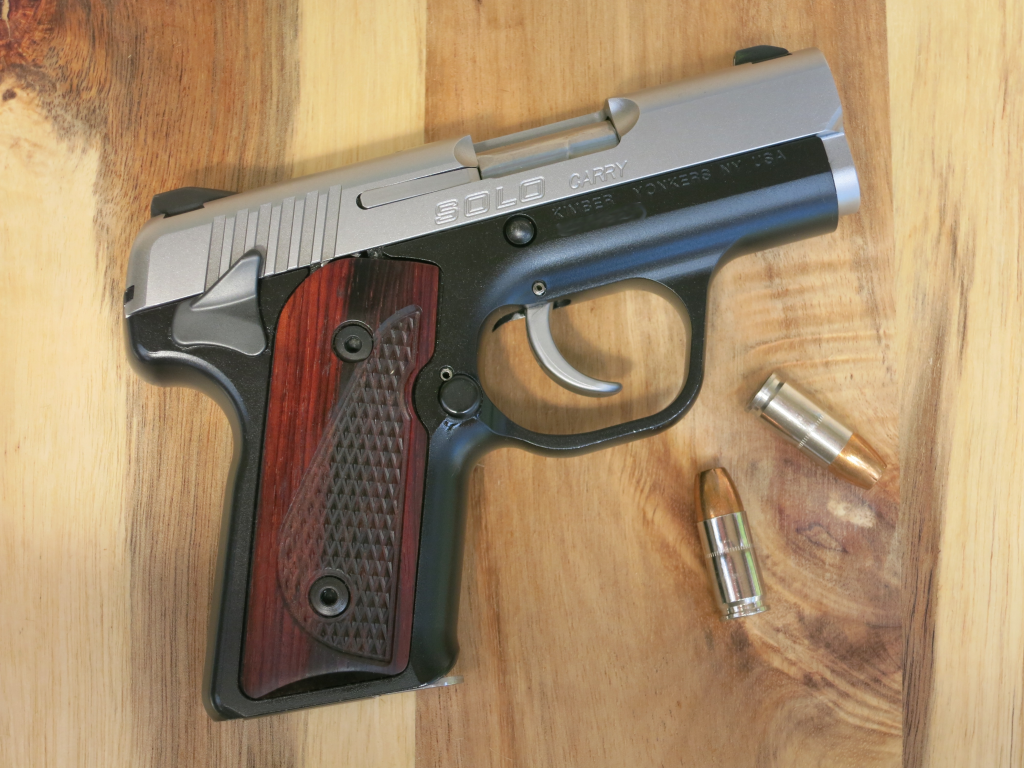
3. Kimber Solo Carry – High-End Appearance, Fussy Appetite
The Solo Carry came with Kimber’s well-earned reputation for high-quality workmanship and a design squarely targeted at the concealed carry market. But its performance relied upon a major catch: it worked reliably only with top-shelf +P ammunition. Regular loads frequently caused misfires or cycling failures.
This ammunition selectivity resulted in increased operating costs and less versatility for owners. For a pistol to be used daily, needing high-end rounds to operate effectively was an unacceptable liability. Most users dropped the model, not willing to risk a gun that failed outside of its narrow performance envelope.
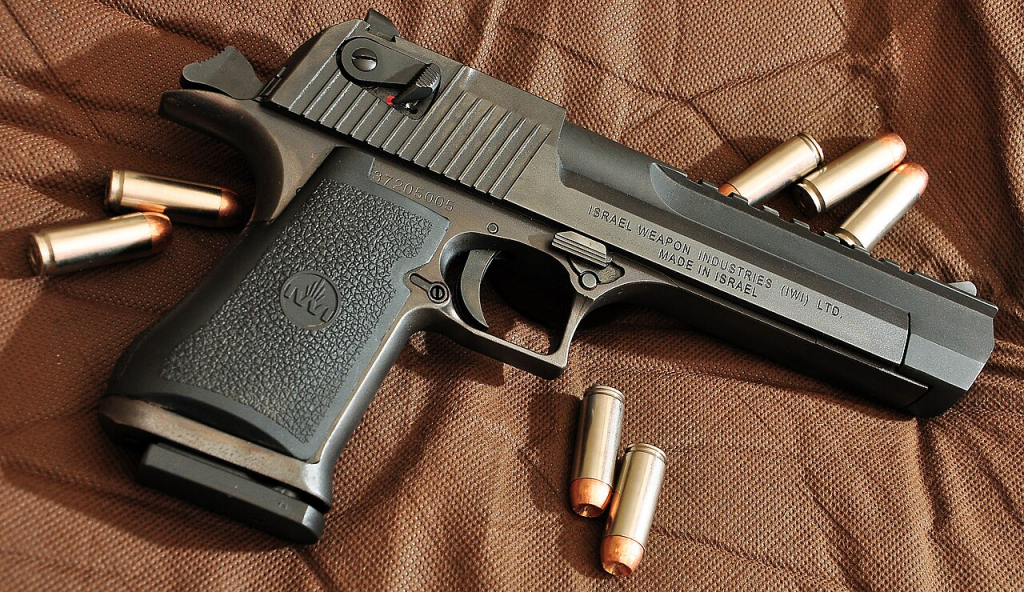
4. Desert Eagle .50 AE – Power With Conditions
The Desert Eagle is legendary for its huge size and heavy chamberings, but functionality has never been its forte. When the pistol is matched with inappropriate loads or shot with a limp grip, it becomes a reliability problem. Stovepipes and misfires are the norm unless circumstances are optimum.
Its gas-operated design requires uniform ammunition and firm treatment, which makes it more suitable as a range toy than a duty or defense gun. Though its engineering is remarkable, the operating requirements reduce its usability for most shooters.
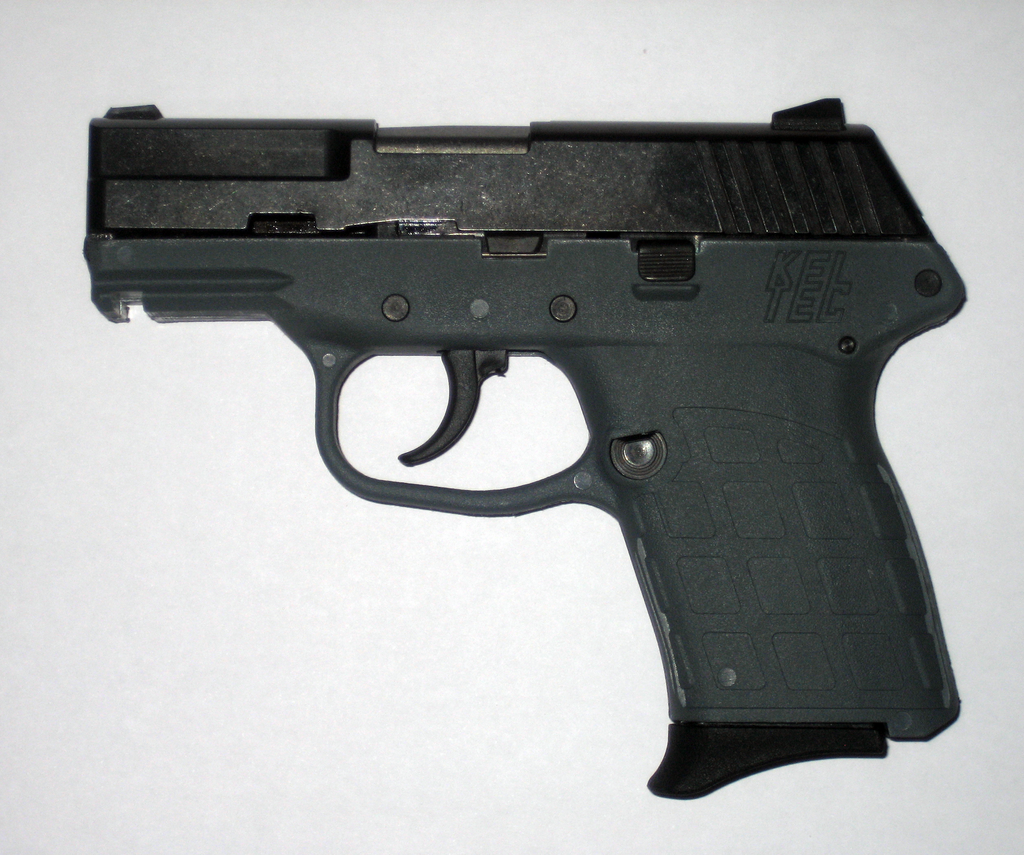
5. Kel-Tec PF-9 – Thin Profile, Persistent Problems
At release, the PF-9 was one of the thinnest and lightest 9mm pistols on the market, attractive to concealed carry users. However, as documented in long-term tests, reliability soon became a problem. Problems with feeding and extraction cropped up in hundreds of rounds, frequently linked to the sensitive balance of extractor tension.
The design required precise assembly and maintenance to function, with no clear specification for critical screw torque. Combined with sharp recoil that could cause discomfort or injury to the shooter’s hand, the PF-9’s drawbacks outweighed its concealability for many owners.
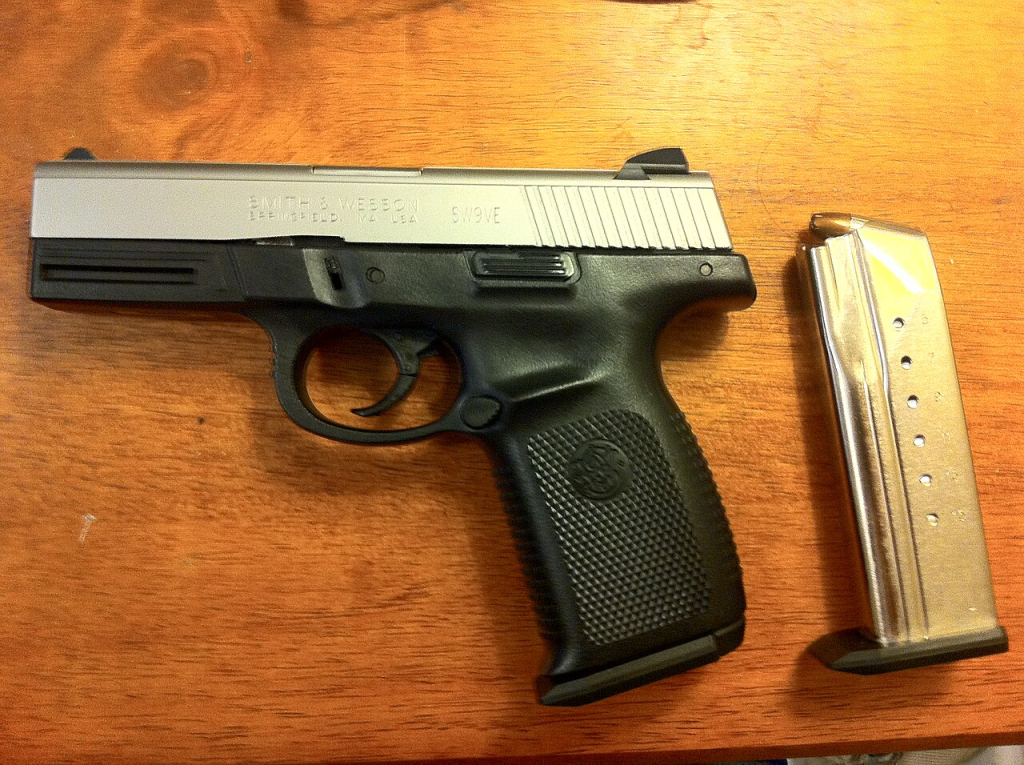
6. Smith & Wesson Sigma Series – Early Missteps
The Sigma series was Smith & Wesson’s initial attempt at polymer-framed pistols, but early models were plagued by gritty triggers and inconsistent internal tolerances. Misfires and feed issues were common complaints, especially in the initial production batches.
Even later models improved, but the stigma of earlier reliability problems persisted. Shooters were willing to surrender their Sigmas instead of wasting time and money on diagnosing recurring malfunctions.
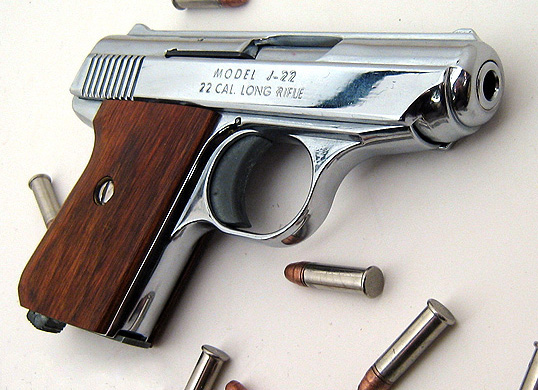
7. Jennings J-22 – The ‘Saturday Night Special’ Reputation
The Jennings J-22 was released in 1978 as a budget .22LR pocket pistol and rapidly gained notoriety for its unreliability. Testing has demonstrated recurring stovepipes, double feeds, and failure to eject with various types of ammunition. The small ejection port and fragile extractor compound these problems.
As observed in tests, mechanical accuracy can be quite good at close range, but drop safety issues and high malfunction rate render it inappropriate for defensive use. Its low price will draw in buyers, but it should be relegated to a conversation piece or malfunction drill trainer.
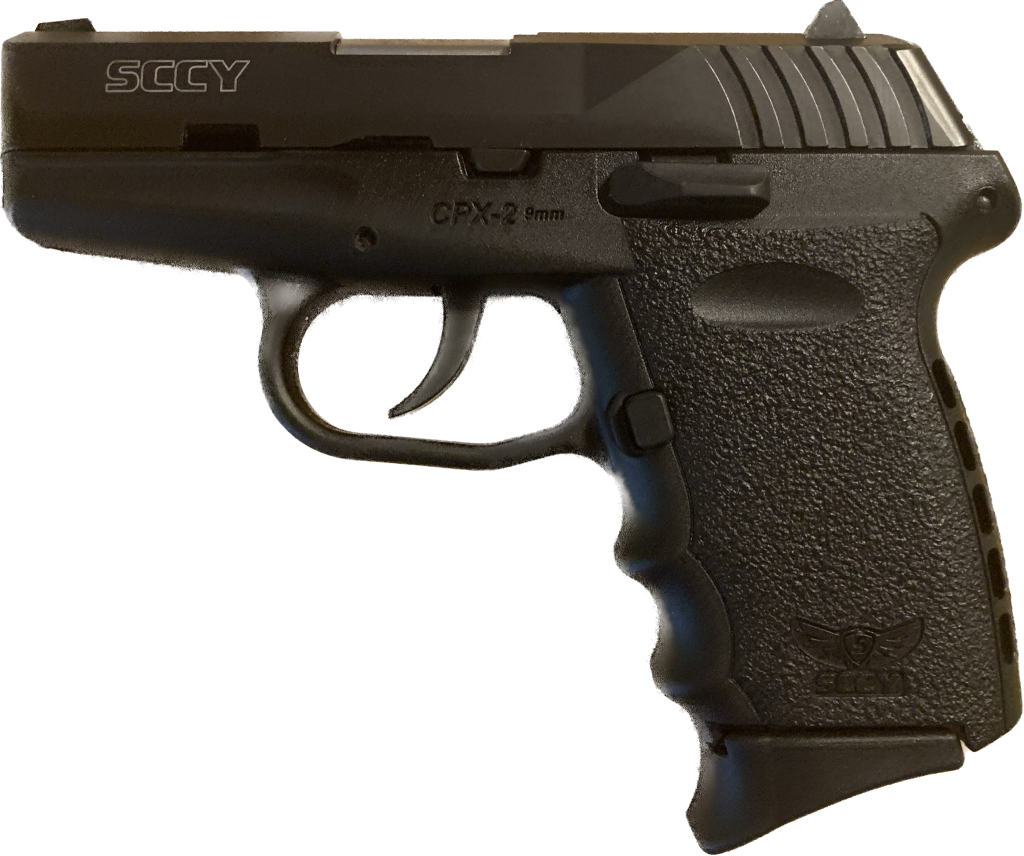
8. SCCY CPX-2 – Cheap, But Unpredictable
The CPX-2’s affordability and lifetime warranty have won it praise, but dependability is spotty. Feed problems and light strikes are prevalent, particularly with cheaper ammo. Some owners see better results after polishing parts and breaking in the gun, but others never do get reliable performance.
For a carry pistol, this inconsistency is a significant issue. A defensive handgun needs to be reassuring, and the CPX-2’s spotty track record has many people unwilling to count on it.
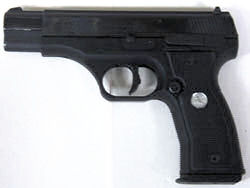
9. Colt All American 2000 – A Legendary Designer’s Misstep
Evolved from a prototype by Reed Knight and Eugene Stoner, the Colt All American 2000 was designed to challenge Glock in the 9mm polymer-framed market. Manufacturing modifications such as a two-piece slide with a front sight removable mount and a trigger pull augmented to 12 pounds hobbled its performance.
As chronicled in historical accounts, the pistol had poor aim, constant malfunctioning, and a recall for a drop-fire safety flaw. Colt historian Rick Sapp described it as “one of the most embarrassing failures in the company’s history,” and it is an example of how re-engineering can debase a solid design.
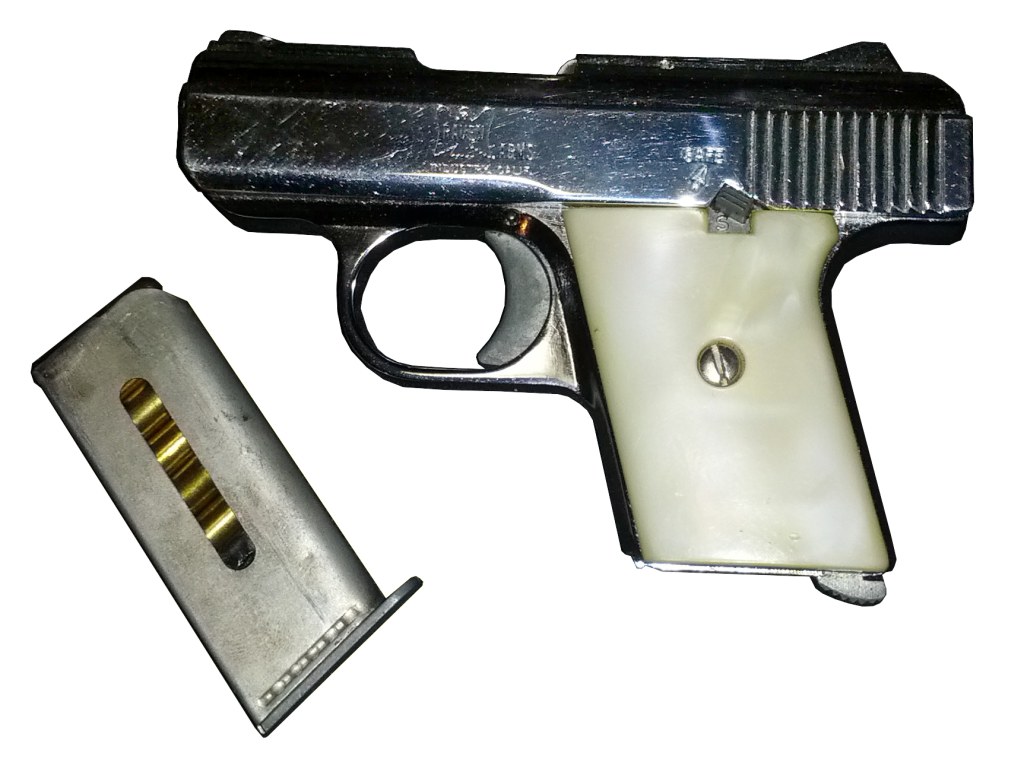
10. Raven MP-25 – Economy Build, Credulity in Short Supply
Made in millions prior to the factory closing in 1991, the Raven MP-25 was a basic blowback .25 ACP pistol made of zinc alloys. Although functional overall, its design and materials put it squarely in the low-end market.
Owners said that misfires were not rare and the omission of a slide lock was inconvenient. While it was deemed reliable enough for informal use by some, its moderate ballistics and build quality restrict its use in serious defensive applications.
Reliability is the foundation of any firearm’s worth, from a pocket pistol to a full-size duty piece. These models demonstrate how design trade-offs, cost-cutting manufacturing, and sloppy quality control can undermine confidence. For firearm owners, the lesson is evident: a handgun’s reputation is not established on marketing hype, but on stable performance in practical situations. Selecting a firearm with reliability established is not a matter of personal preference it’s a safety issue.
